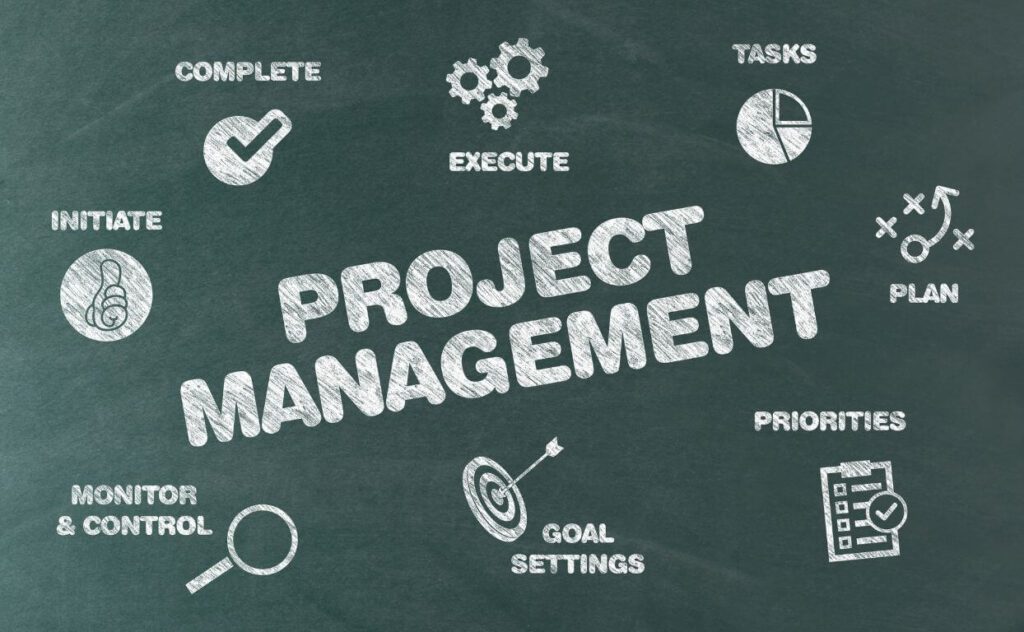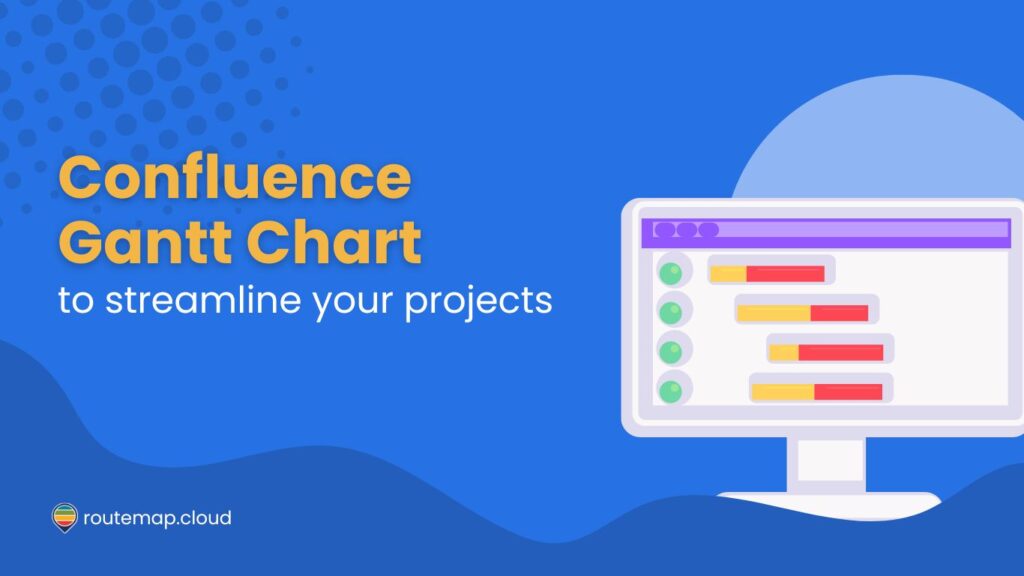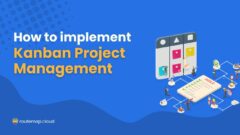In project management, visualizing tasks and timelines has become essential. For users on the Confluence platform, having such a tool can greatly benefit their workflow and enhance their productivity. This is where the Confluence Gantt chart comes in handy.
Moreover, Gantt charts in Confluence have stood the test of time, offering a bird’s eye view of project timelines and how tasks interconnect. With the advent of collaborative platforms like Confluence, Gantt charts have evolved, becoming more accessible and interactive.
In this article, we’ll explore the fundamentals of the Confluence Gantt chart, its advantages, and how to create one for yourself.
Table of Content
What is a Gantt chart?
A Gantt chart is a horizontal bar chart developed as a production control tool in the early 20th century. It is named after Henry Gantt, a mechanical engineer and management consultant who popularized this method of charting project schedules.
Additionally, Gantt charts are renowned for their ability to provide a graphical representation of a project’s timeline, displaying tasks, their durations, start and end dates, and dependencies.
Why use the Confluence Gantt chart to visualize tasks and timelines?
While there are various options available to visualize your tasks in Confluence, why choose Gantt charts? Simply put, they offer great flexibility advantages that you don’t want to miss.
1. Unique features
Team members can simultaneously view and edit Gantt charts, making it easy to adjust plans on the fly and keep everyone aligned with the latest project updates. Additionally, users can tailor their Gantt chart views to focus on what matters most with customizable views.
Whether it’s upcoming milestones, specific resource allocations, or tasks at risk of delay, this flexibility ensures that each team member can work efficiently and effectively.
More importantly, Confluence allows granular permissions settings for each Gantt chart. This will ensure sensitive project information remains secure while promoting transparency among the team.
2. Impact on project management
The use of Gantt charts in Confluence dramatically streamlines project management processes. It provides a visual timeline that integrates directly with the collaborative features of Confluence, such as comments, task assignments, and document linking.

Besides, this integration fosters a dynamic planning environment where adjustments to the project plan can be made quickly and communicated effectively to all stakeholders. It also ensures that the rationale behind project decisions is documented and accessible, facilitating better understanding and alignment among team members.
How to create a Gantt chart in Confluence
As for now, there is no direct way to create a Gantt chart in Confluence. Still, you can use the Gantt chart you make elsewhere as Confluence allows you to embed codes anyway.
Besides, you can always look for a third-party application since the Atlassian platform has an entire marketplace to fulfill its user’s needs. There are lots of apps available to help you create Confluence Gantt charts.
Or, you can also opt for other Gantt chart structured alternatives instead. Something like Routemap for Confluence can work just as well and satisfy your task visualization needs.
Offering advanced roadmapping and Kanban board, you can undoubtedly plan your task in the most visual way possible. Not only that, you can always use a macro to quickly embed this advanced roadmap or kanban to your Confluence pages and share them with your colleagues or stakeholders.
Best practices for using Confluence Gantt chart
To fully leverage Confluence Gantt charts in project management, it’s crucial to adhere to a set of tips and best practices that ensure these tools are as effective and efficient as possible.
1. Keep your Gantt chart updated
It is essential to maintain the accuracy of your Gantt chart by conducting regular reviews, at least weekly or bi-weekly. These reviews are opportunities to adjust timelines, reassess priorities, and reallocate resources as necessary.
Additionally, you should encourage team members to update the chart immediately when they start, complete, or encounter delays in tasks. Keeping the chart current ensures it remains a reliable tool for managing your project.
2. Customize your chart’s views
Tailoring the views of your Gantt chart can significantly enhance its utility. For instance, creating views that focus on key milestones can help keep the team centered on critical deadlines.
Moreover, establishing a view dedicated to resource allocation allows for the identification and adjustment of resource overallocation or underutilization. A risk management view can also be beneficial, highlighting tasks with higher risk levels and enabling the team to proactively address potential issues.
3. Use the chart to facilitate discussions
The Gantt chart should be a focal point in project meetings, ensuring discussions are informed by the latest project data and timelines. When updating stakeholders, you can use the chart as a visual aid to clearly communicate project progress, the impact of any delays, and the basis for additional resource or time requests.
4. Enhance collaboration
By assigning clear owners to each task on the Confluence Gantt chart, you can improve accountability and facilitate collaboration. If your team uses other task management tools in conjunction with Confluence, integrating these tools with your Gantt chart can streamline workflows and keep project information synchronized.
5. Document assumptions and decisions
Make use of Confluence’s capability to link tasks on the Gantt chart to detailed pages or documents. Therefore, this feature ensures easy access to the assumptions, rationale for decisions, and detailed plans that underpin the project plan.
Besides, maintaining a change log for the Gantt chart can provide valuable insights for post-project reviews and future planning efforts.
6. Leverage Confluence’s collaborative features
Finally, don’t forget to utilize the commenting feature within the Gantt chart for direct discussions about tasks, facilitating immediate and relevant conversations. Moreover, setting up notifications or alerts for upcoming deadlines or completed milestones can also help keep the team informed and focused on imminent tasks and goals.
By following these practices, teams can maximize the benefits of using Confluence Gantt charts, making project planning and management more transparent, collaborative, and efficient.
Final thoughts
Confluence Gantt charts are more than just a project management tool. They are a framework for visualizing, planning, and executing projects efficiently.
Integrating Gantt charts within Confluence brings a new level of collaboration and flexibility to project management, allowing teams to navigate complex projects with greater ease and transparency.
By following the guide above, you can leverage the power of Confluence Gantt charts to streamline your project processes, enhance team collaboration, and achieve project goals with confidence.






